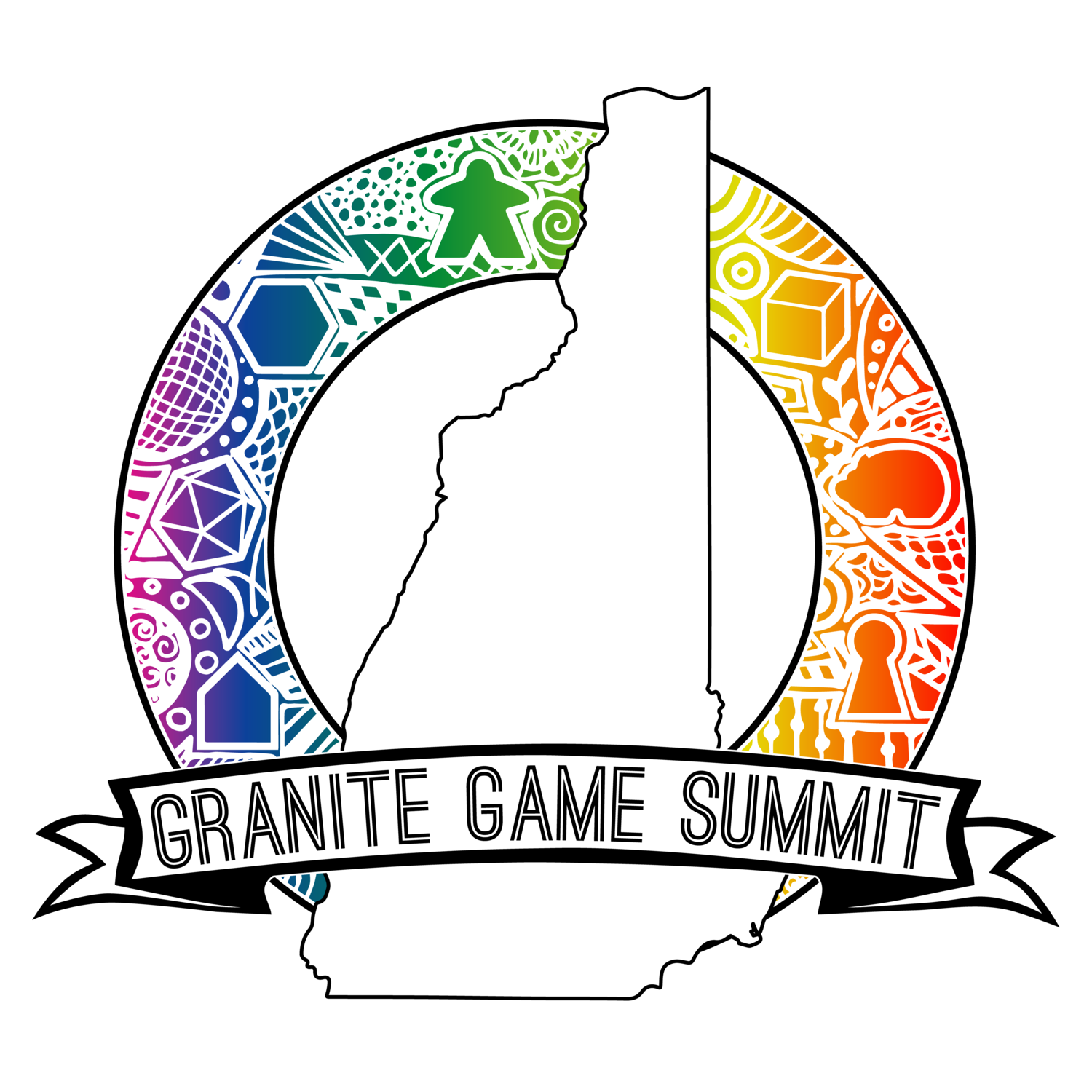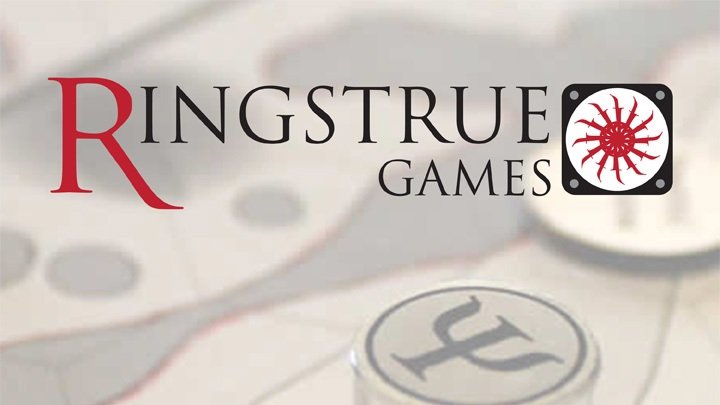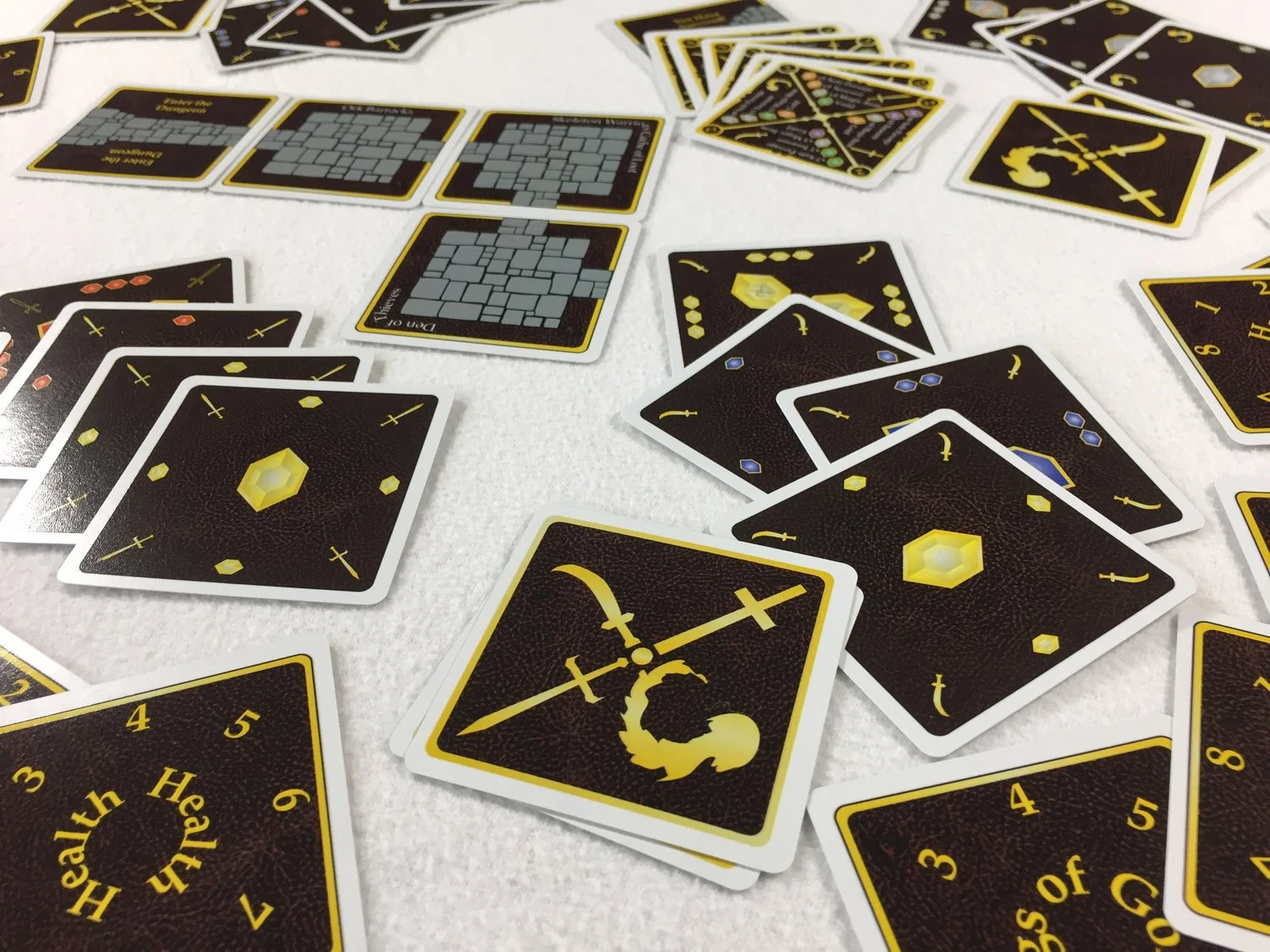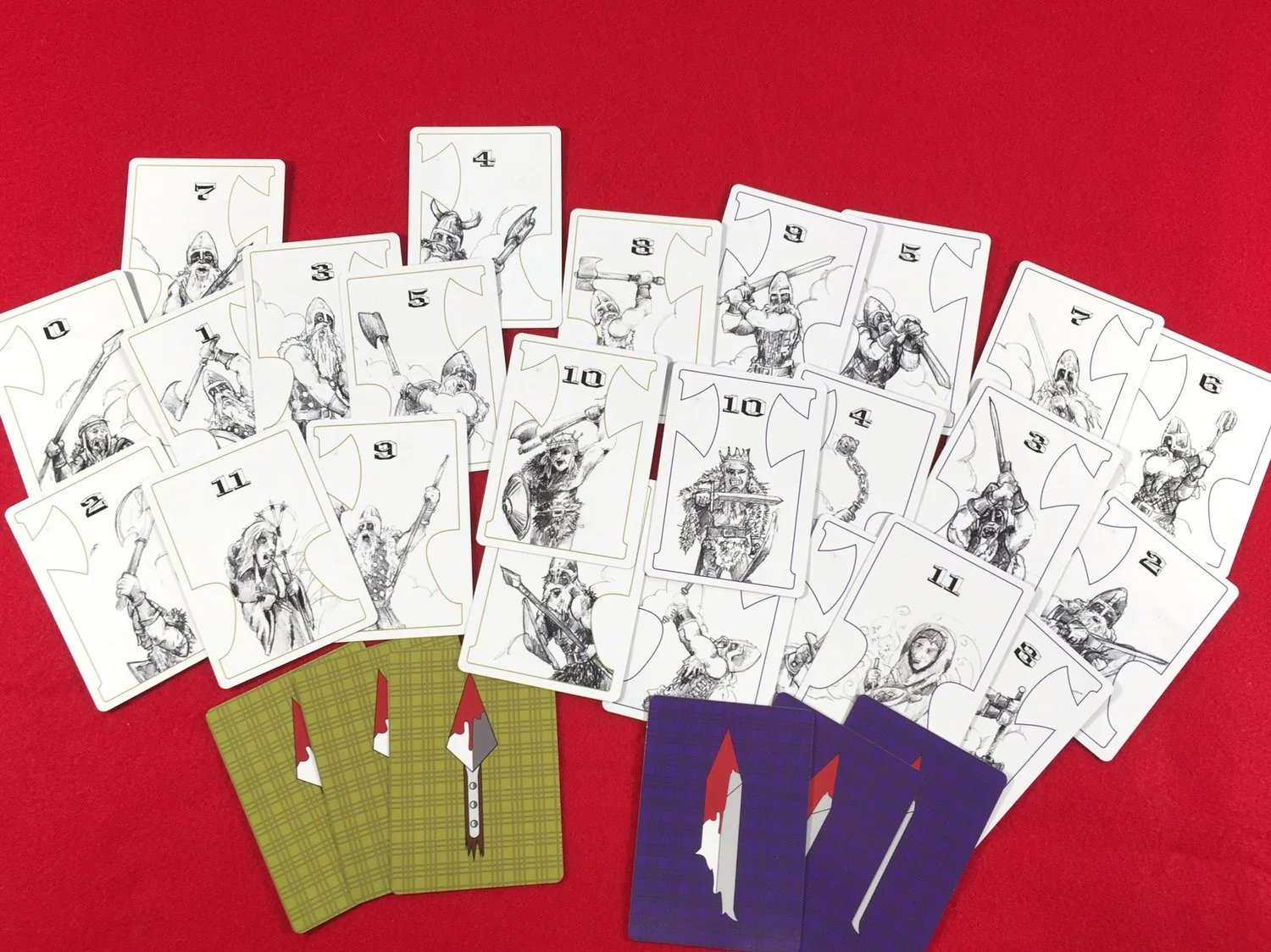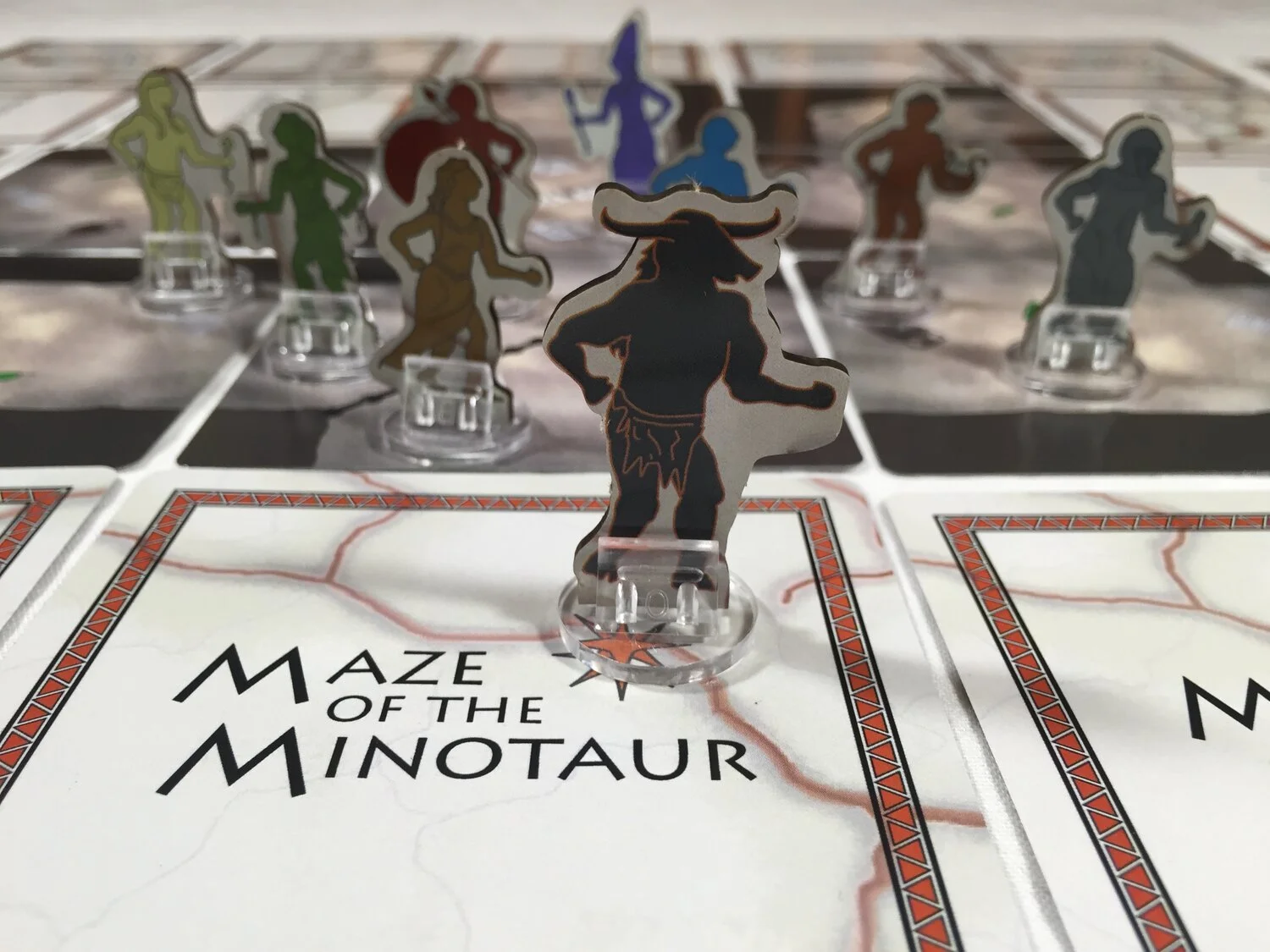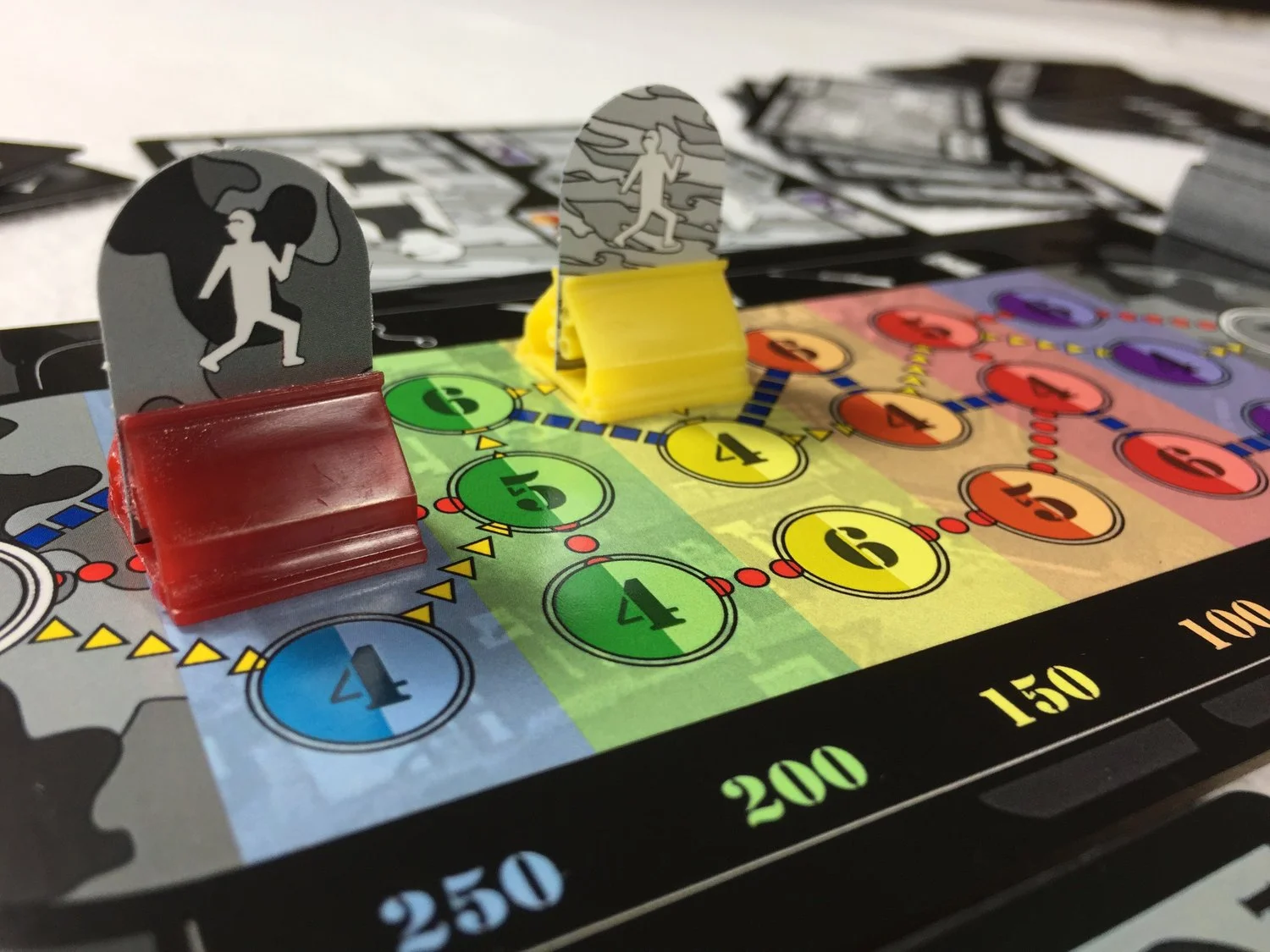Christopher Wiley
Today we are featuring Christopher Wiley, an artist and board game inventor from Ringstrue Games, who will be joining us in Designer Alley. With a Bachelor’s and Master’s in Fine Arts, Christopher brings a unique and creative spin into board game design. Christopher currently has over 25 games in different stages of production, ranging from prototypes to available to purchase on The Game Crafter. Christopher’s mission is to bring more fun and play into people’s lives.
THREE RANDOM FACTS ABOUT CHRISTOPHER:
Christopher started designing pen and paper games in 6th grade. Mostly trying to copy video games like Space Invaders and Star Castle.
Christopher submitted a monster to TSR back in the 80’s, when they were playing massive amounts of D&D. They did not take outside submissions.
Christopher still prefers a mix of 1st edition and AD&D rules over the later versions.
Questions by Kimberly Revia (KR), answers by Christopher Wiley (CW).
THREE BOARD GAME RELATED QUESTIONS:
KR: How do you merge your art into your game design?
CW: I have a BFA & MFA in 2 Dimensional art. I fall back on the skills I developed during that time for most everything I do related to game design. Balance & composition are useful in laying out card or board designs. Color theory is helpful for creating visual impact, or differentiating between components. The hours spent drawing and working in printmaking help me to create the artwork for the games. Sometimes I will pick a certain artist's material or aesthetic to use for specific titles. For example I have used: watercolor, pencil sketches, pen and ink, colored pencil, and photographed images or textures on specific titles to give them a unique look. Sometimes I will create the artwork inside of a program such as Photoshop or Illustrator. Combining these techniques by scanning artwork into the computer and manipulating it further adds another resource for art production. I try to approach each title a little differently so that my designs and prototypes have a variety visual identities.
KR: How does your design process typically begin?
CW: It can vary. I have titles that began with a very solid narrative or genre (escape from the alien infested spaceship, dungeon crawl, ancient greek mythology), and I design around that. Others have started with a specific mechanism such as, deck building, set collection, hidden movement, etc., and that becomes the anchor. Others are a homage to my favorite topics such as Lovecraft, Alien (the movie), or Space Hulk/40K. In most cases the prototypes need to have at least some basic artwork in place, or it doesn't work for me. I know designers who can play with blank tiles, and simple text on white cards, and I admire that ability. The art of a game informs the experience for me, and I need the visual component in place to engage, even with my own titles. I know it extends my prototyping timeline, but I get a bigger personal reward from putting in that time.
KR: What part of the design process feels the most rewarding to you?
CW: I love to see the first printed set of components. I will print first prototypes out at home. Once the cards or tiles are cut, and I've taped up the boards, found some colored cubes, or whatever, to use, and its all sitting there on the table. That is a great feeling. To see what I've brought into existence, and to feel the potential. Then comes the hard part, though. Watching it possibly fall apart on the first play through!
THREE QUESTIONS JUST FOR FUN:
KR: What mechanics do you really enjoy in games?
CW: I really like when a game has an "Oh no!" moment. When some plans get sent sideways on the roll of the dice, or a card draw. Nothing that ruins the whole game, but just makes you have to rethink things, and scramble a bit. A little randomness.
KR: Who are some of your favorite artists?
CW: There are so many great artists working in the game industry right now. I see so many amazing pieces of art, beyond my capacities as an artist. I know this sounds lame, but I don't know a lot of the names of the folks working out there. Chalk it up to spending time with family, working on my own designs, doing the laundry, all the things that take up time during the week. It's lame, and I really have no excuse, but I do admire those artists out there doing it. As for artists from the past, I took a lot of art history classes in college and found things I was inspired by from many of the artists I learned about. I especially admired gothic architectural design. Those huge spaces inside the stone churches were amazing. I read a good bit, and I am a big fan of the writings of H.P. Lovecraft, and Stephen King.
KR: Are there other mediums of art that you enjoy creating in?
CW: I spend a good amount of time drawing, and I have an etching press in my studio space where I can produce mono-prints and woodcuts. I am a musician, and I play guitar, write songs, sing, and have done a little bit of digital composing. I have done some furniture design/construction, built our kitchen cabinets, and enjoy woodturning. Lately I have gotten into writing, mostly short story format fiction/sci-fi. It has been a refreshing change of creative outlet for me.
If you would like to find more information on Christopher or Ringstrue Games, click the links below:
Website: http://www.ringstrue.com/
Instagram: ringstruegames
